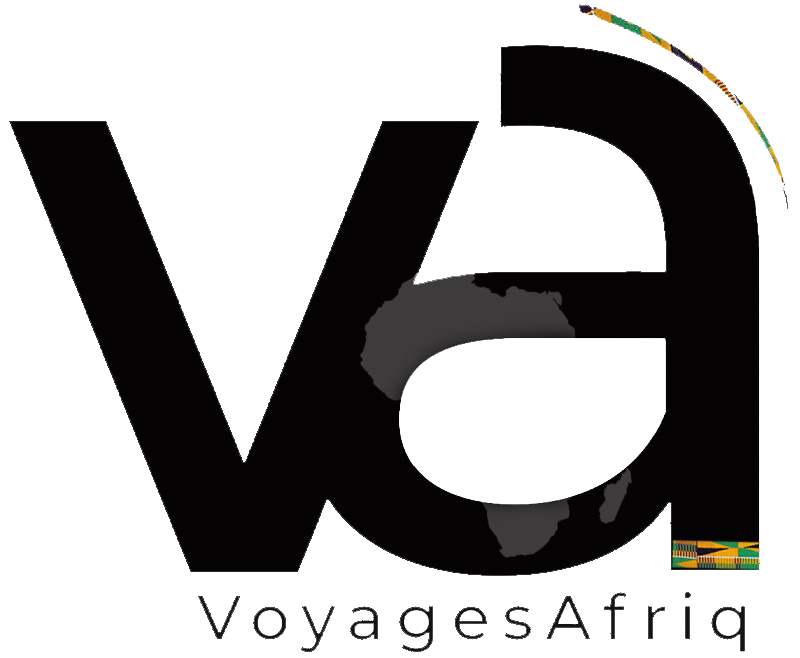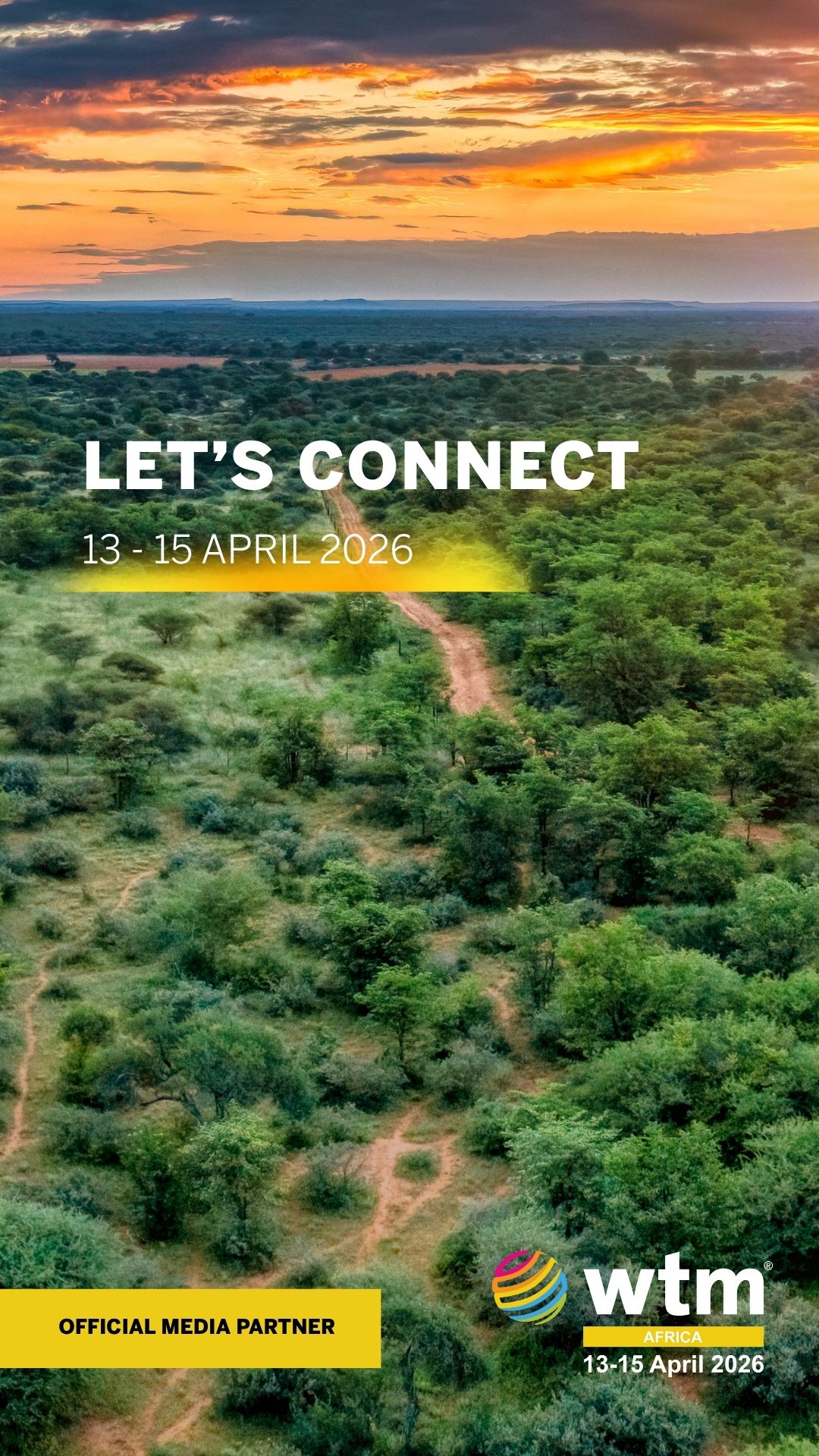United Nations, New York: The World Travel & Tourism Council (WTTC) and the Saudi-based Sustainable Tourism Global Center have unveiled groundbreaking new data detailing the total water usage of the global Travel & Tourism sector.
In one of the largest research projects of its kind, WTTC can for the first time ever, accurately report and track the impact the sector has on the environment.
The findings were launched today at the United Nations in New York at the UN 2023 Water Conference.
Direct Water Use
Speaking at the UN Headquarters, Chris Imbsen, Director of Sustainability at WTTC, revealed that Travel & Tourism’s entire water footprint is just 0.6% of the global water use according to the latest figures (2021).
In 2019, when the sector was at its peak, the sector’s total water footprint was only 50% higher, but still less than 1% of the global total at 0.9%.
Travel & Tourism’s direct water use is significantly lower – in 2019 it was 0.2% of the global total and has fallen by half to just 0.1% of the global total.
Much of the sector’s water use is indirect, through its supply chain, with agriculture and food production accounting for two-thirds of Travel & Tourism’s entire water footprint.
Between 2010 and 2019, the Travel & Tourism sector in Europe and Africa reduced direct water use. In Europe, direct water use fell by 8% and in Africa direct water use by the sector fell by 6%.
Julia Simpson, WTTC President & CEO, said: “This ground-breaking new data reveals our sector’s water consumption for the first time ever, revealing that Travel & Tourism uses less than 1% of the water used around the world, with the overwhelming majority of that usage coming from the sector’s supply chain.
“The data also shows that whilst the sector has grown economically around the world, its direct-use water intensity has decreased.
“The data is the most in depth study of the sector’s water use, and like the world-first climate footprint data we released at our Global Summit in Riyadh last year, we can also reveal individual countries Travel & Tourism sector’s water footprints. This will enable governments to work with the sector to further reduce water usage.”
Water Intensity
The water intensity of Travel & Tourism per unit of GDP has also fallen since 2010, across both direct and indirect use.
In 2010, the sector used 0.57m³ of water for every $1 USD contributed to the global economy.
In 2019 this fell by 19% to reach 0.46m³ of water for every $1 USD contributed to the global economy.
In a world-first, this comprehensive research covers 185 countries across all regions and will be updated each year with revised figures.
This research was made possible thanks to the partnership between WTTC and the Saudi-based Sustainable Tourism Global Center. Under the Saudi green Initiative, more than 60 initiatives have been launched in the past year, representing more than $186BN USD of investment in the green economy.







